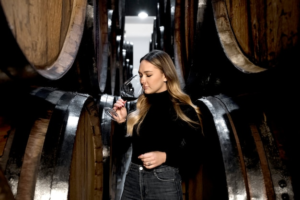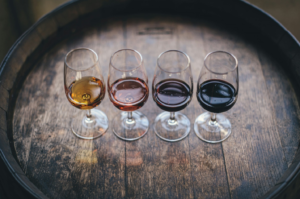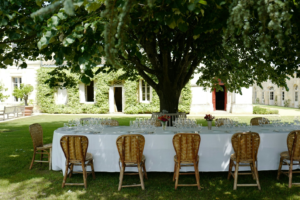The Significance of Oak Barrels in Winemaking
Oak barrels have been a crucial component of winemaking for centuries, contributing significantly to the flavor and complexity of wines. Using oak in winemaking isn’t just a tradition; it’s a sophisticated technique that enhances the wine’s profile through chemical reactions and flavor infusion. Let’s delve into how oak barrels influence wine and the different types of oak used in the process.
How Oak Barrels Influence Wine Flavor
Flavor Infusion
Oak barrels impart various flavors to wine, including vanilla, spice, and toast. These flavors come from the chemical compounds in the oak, such as lignin and hemicellulose, which break down during aging. As the wine interacts with the wood, these compounds are extracted and melded into the wine, enhancing its complexity.
- Vanilla:Vanilla is often associated with American oak. The vanilla flavor comes from the lactone compounds present in the wood.
- Spice:Spicy notes, such as clove and cinnamon, can be attributed to the toasting of the barrel’s interior. The degree of toasting affects the intensity of these flavors.
- Toast:Toasty or smoky flavors result from the charring process during barrel production. The level of charring influences how much of these flavors are imparted to the wine.
By booking a customized wine tour itinerary, you can learn more about the wine flavors from your private wine tour guide as you enjoy the wine-tasting experience.
Texture and Mouthfeel
Oak barrels also affect a wine’s texture and mouthfeel. The tannins from the oak interact with the wine’s tannins, softening and integrating them, leading to a smoother, more rounded mouthfeel. The slow oxygenation through the barrel’s porous wood can also soften the wine’s structure and enhance its aging potential.
Types of Oak and Their Impact
French Oak
French oak barrels are prized for their subtlety and complexity. The tight grain of French oak allows for a slow extraction of flavors, which can impart elegant notes of spice, vanilla, and toast. French oak is often used for fine wines, including high-quality Bordeaux and Burgundy.
American Oak
American oak barrels have a wider grain and are known for their bold flavors. They typically contribute stronger vanilla and coconut notes to the wine. This type of oak is often used for robust reds and some white wines, providing a distinctive character that can enhance the wine’s richness.
Hungarian Oak
Hungarian oak offers a middle ground between French and American oak. It provides a balance of subtlety and boldness, with flavors that can include spice and vanilla. Hungarian oak is a versatile choice for various wine styles, adding complexity without overpowering the wine.
Private wine chauffeurs are quite knowledgeable about the winemaking process. Booking a personalized wine tour package can be an educational experience.
The Barrel Aging Process

New vs. Used Barrels
The age of the barrel significantly impacts the wine’s flavor profile. New barrels impart more intense oak flavors, while used barrels contribute more subtle nuances. Winemakers choose barrels based on the wine’s desired flavor profile and aging potential.
Barrel Size
The size of the barrel also affects the wine’s flavor. Smaller barrels have a higher surface area-to-volume ratio, resulting in more rapid extraction of flavors and tannins. Larger barrels provide a more gradual and subtle influence on the wine’s profile.
Discover Oak Aging in Napa Valley
To truly appreciate the role of oak in winemaking, experiencing it firsthand in Napa Valley is invaluable. Napa Wine Tour Guide offers personalized wine tour packages that include visits to wineries where you can learn about the oak aging process directly from the experts. With private wine tour guides in Napa Valley, you’ll gain insights into how different types of oak and barrel techniques influence wine flavor profiles.
Our custom wine tour itineraries ensure you explore a range of wineries and experience various styles of oak aging. Enjoy the journey in comfortable wine tour vehicles, and let our private wine chauffeurs and private wine tour drivers in Napa take care of the details. Book a tour with us today and immerse yourself in the art and science of oak barrel aging, discovering how this essential component of winemaking shapes the world-renowned wines of Napa Valley.



